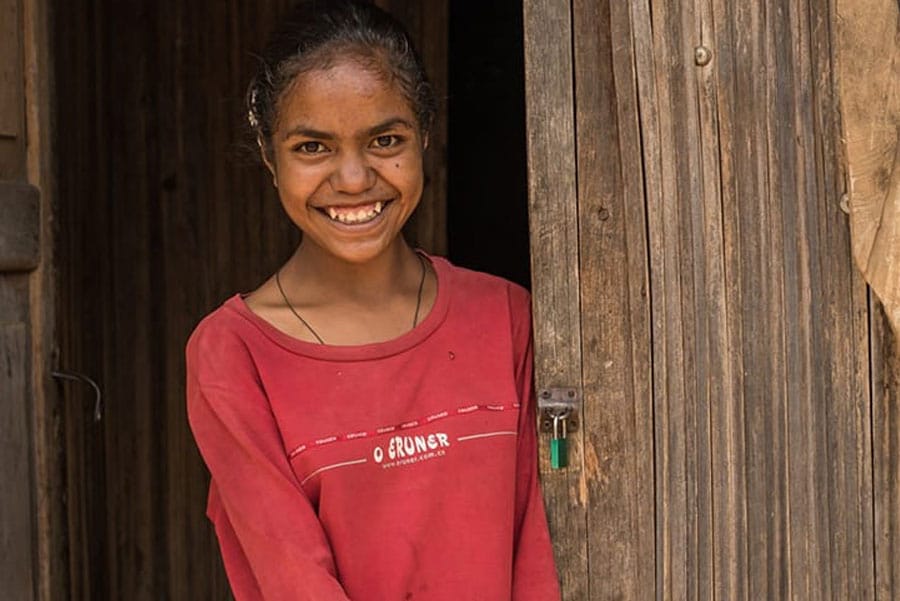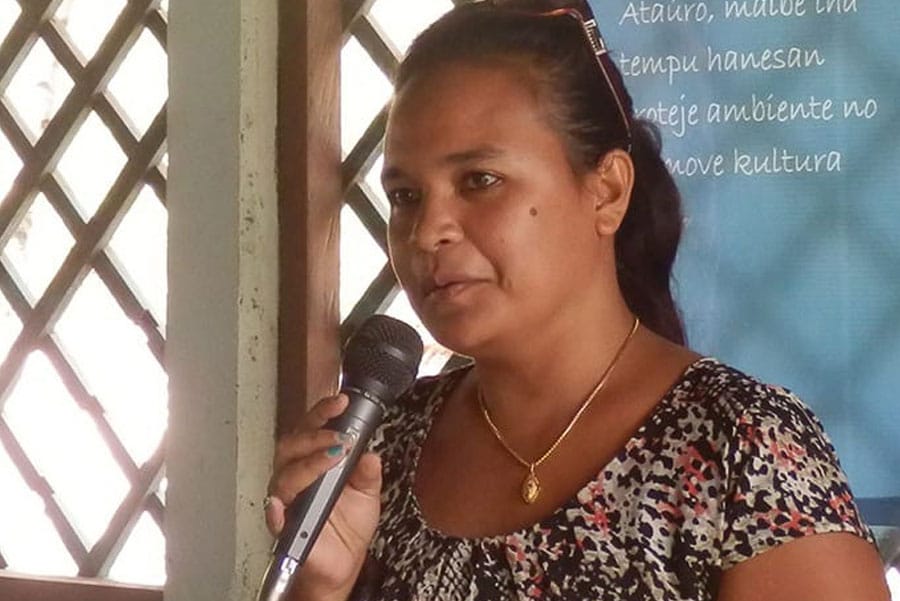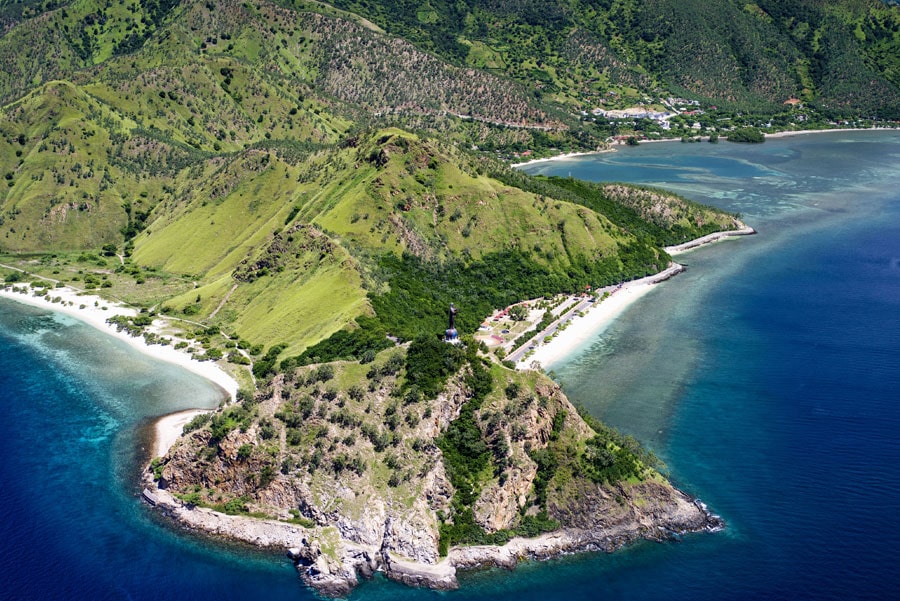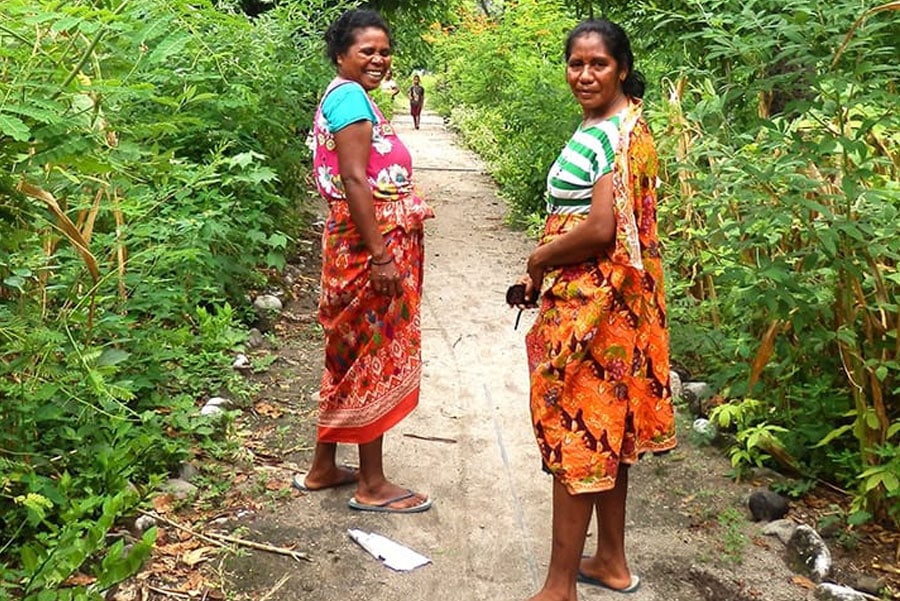In Timor-Leste, culture isn’t something you observe from a distance—it’s something you feel, share, and experience alongside the people who live it every day. From sacred rituals and traditional weaving to communal village life and vibrant celebrations, this is a place where heritage is woven into daily rhythms.
Timor-Leste stands apart as a destination shaped by resilience, rich spiritual traditions, and diverse indigenous communities. While still one of Southeast Asia’s least-visited countries, it offers travelers a rare chance to connect with living culture that’s unfiltered, deeply rooted, and warmly shared.
Discover the people, languages, beliefs, and customs that define Timor-Leste’s identity, along with tips for exploring it respectfully and meaningfully.
Society
Timorese are incredibly hospitable, gregarious and some of the friendliest you’ll ever encounter. Celebrations held at national and community levels are many and vibrant. Timorese society is also conservative and traditional with a strong focus on family, the community and religion.

Population
With a population of around 1.3 million, Timorese are linked closely. At the same time the country’s identitiy is composed of many indigenous groups, each with its own language and cultural practices. Tetun is the largest of these accounting for approximately 25% of the population. They live around Dili, Suai and Viqueque. Mambae make up a further 10% and are found in the central mountains. Other groups include the Kemak, Bunak and Fataluku amongst others, each accounting for 5% or less.

Language
Timor-Leste (East Timor) has many spoken languages reflecting past migration, colonialism and other occupation. Tetun and Portuguese languages have been given official status, with Indonesian and English considered working languages. Another fifteen or more indigenous languages also are spoken.

Settlement
The capital of Dili is a modern developing city offering a wide range of services and amenities for residents and visitors. While many Timorese are drawn to the capital seeking employment, 70% still live in rural areas. These Timorese mostly reside in small towns and remote villages and practice a subsistence fishing and farming lifestyle.

Religion
Around 97-98% of Timorese identify as Roman Catholic and the remainder mostly as Protestant, Muslim and Hindu. In spite of this, animism continues to be a persuasive force in most peoples’ everyday lives. Observing the way animist and religious beliefs are seamlessly blended is one of the interesting aspects of holidaying in this country.

Culture
Timorese cultural heritage is multi-layered – a fascinating combination of traditional Timorese, Portuguese, Chinese and Indonesian influences. This permeates their local architecture, cuisine, clothing styles and artistic endeavors.
Timorese culture continues to evolve in local arts and handicrafts, as well as in dance and music. Cultural motifs, both old and modern, are incorporated into the design of tais – hand-woven textiles, basket work and wood carving. Cultural groups still perform traditional dances and songs and also are entertaining in new ways. Talented Timorese bands and dance groups perform in local venues and at festivals.

Architecture
There is a fair amount of architectural variety in Timor-Leste (East Timor), since each ethnic group have their own traditions and customs. However, nearly all architecture has been constructed of wood so few buildings have lasted to the present and much of what stands today is from the past century other than a few structures.
Early, and still the most traditional, architecture in Timor-Leste is the totem house. Examples of these constructions are found all across the country but vary from one region and ethnic background to another. Uma lulik also mean spirit houses because they hold the spirits of ancestors of the family that owns it. There were rebuilt every ten years to help renew the community’s connection to its forebears and its land.
Also, there are few Portuguese-styled buildings in Timor-Leste, coming from the Portuguese legacy. Most of these buildings in this style are churches or buildings in the capital of Dili. Following on Portuguese tradition of building from stone, concrete, and other more solid substances, today the country has a fair amount of modern buildings made primarily from concrete and glass.

Sport
Timorese participate in a wide range of sports, including football which they are extremely passionate about.
East Timor has taken part in multiple international sporting events., such as the 2003 Southeast Asian Games held in Vietnam in 2003. In the 2003 ASEAN Paralympics Games, also held in Vietnam, East Timor won a bronze medal. In the Athens 2004 Olympic Games, six athletes participated in three sports: athletics, weightlifting and boxing). East Timor won three medals in Arnis at the 2005 Southeast Asian Games. East Timor was one of the competing nations in the first Lusophony Games, winning a bronze medal in the women’s volleyball competition. On 30 October 2008, East Timor earned their first international points in a FIFA match with a 2–2 draw against Cambodia.

Village Life & Indigenous Traditions
In Timor-Leste, traditional village life is centered around the aldeia—a close-knit, rural community where daily rhythms follow the cycles of nature, ceremony, and shared responsibility. These villages are the living heart of Timorese culture, where oral storytelling, seasonal rituals, and communal work continue to shape identity and connection.
At the heart of many villages stands the Uma Lulik, or sacred house—a spiritual center that embodies the community’s connection to its ancestors and the land. Constructed from natural materials like wood and thatch, these elevated structures are not merely architectural features but are considered living symbols of cultural identity. They house sacred objects, host important ceremonies, and serve as a space for resolving disputes and making communal decisions.
Key rituals in village life include ceremonies related to agriculture, such as blessings before planting or harvesting, and rites of passage like birth celebrations and ancestor veneration. These practices often blend animist beliefs with Catholic traditions, reflecting the syncretic nature of Timorese spirituality.
Visitor Tips:
- Respect Sacred Spaces: Always seek permission before entering a village or approaching a Uma Lulik.
- Dress Modestly: Wear appropriate clothing that covers shoulders and knees, especially during ceremonies.
- Photography Etiquette: Ask for consent before taking photos of people or sacred sites.
- Engage with Local Guides: Hiring a local guide can provide deeper insights and ensure respectful interactions
How to Experience Timor-Leste's Culture First Hand
The best way to understand Timor-Leste is through connection—with its people, traditions, and places. Consider hiring a local guide for a more meaningful experience, whether it’s a walking tour of Dili’s historic sites or a visit to a remote weaving village.
Key sites include cultural centers in Dili, the Timorese Resistance Archive and Museum, local markets, and rural areas like Lautém or Ainaro where animist and Catholic customs blend. Weaving cooperatives, such as Boneca de Atauro and tais workshops, offer hands-on insight into traditional craftsmanship.
To travel responsibly, learn a few words of Tetum, respect local customs, support community-based businesses, and avoid exploitative tourism. Your interest in Timor-Leste’s culture helps keep it thriving.
Frequently Asked Questions (FAQs)
Yes, visitors are warmly welcomed in many rural villages across Timor-Leste. These communities are proud to share their culture, but it’s important to visit respectfully—ideally with a local guide who can help with introductions and cultural etiquette.
Some ceremonies are open to visitors, especially those held during festivals or organized community experiences. Others may be private or sacred. Always ask for permission, and follow the lead of your host or guide.
Some performances welcome photography, while sacred rituals may not. Always ask before taking photos, especially of people, sacred houses (Uma Lulik), or ceremonies.
Handwoven tais cloths are among the most meaningful souvenirs, along with locally made crafts like wood carvings, baskets, and traditional jewelry. These items reflect Timor-Leste’s heritage and directly support local artisans.
Hire local guides, shop at artisan cooperatives, stay in community-based accommodations, and learn about the customs of the places you visit. Your interest and respectful engagement help sustain cultural traditions and livelihoods.
Getting Around
Timor-Leste is an exciting country to explore and there is a lot to see out in the districts.
Find transport
Where to stay
Timor-Leste is an exciting country to explore and there is a lot to see out in the districts.
Find accommodation
What to do
Timor-Leste is an exciting country to explore and there is a lot to see out in the districts.
Find what to do
Travel Tips
Timor-Leste is an exciting country to explore and there is a lot to see out in the districts.
What do you need to know?